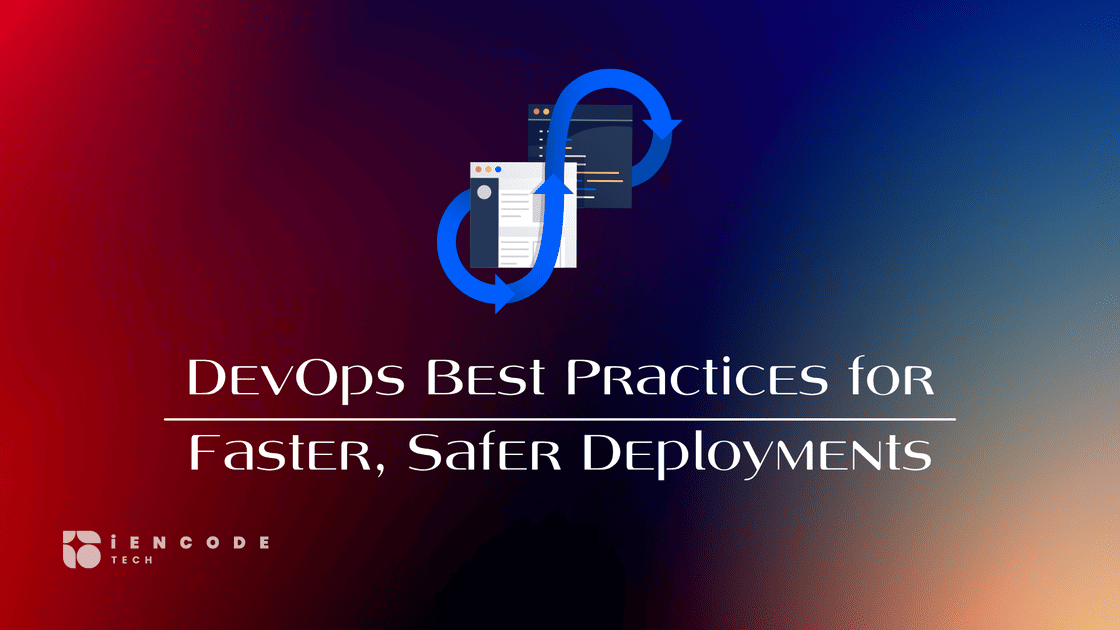By iEncode Tech
27 May 2025Choosing the Right Engagement Model for Your Tech Project
Published by: iEncode Tech | Date: 28 March 2025

In today's fast-paced development landscape, DevOps has become essential for delivering software efficiently and securely. By aligning development and operations, teams can streamline workflows and reduce risk. Here are some proven DevOps best practices to ensure faster and safer deployments:
Automate your integration and delivery processes using CI/CD. This ensures code changes are tested and deployed consistently, reducing manual errors and accelerating release cycles.
Tools like Terraform and Ansible allow you to manage infrastructure through code. This promotes consistency across environments and enables automated provisioning and scaling.
Real-time monitoring and logging help detect issues early. Tools like Prometheus, Grafana, and ELK Stack provide visibility into system performance and health.
Using Docker and Kubernetes enables scalable, isolated environments that improve application portability and resource management.
Automated unit, integration, and security tests ensure code quality. This helps detect bugs and vulnerabilities early in the pipeline.
Establish feedback loops between development, QA, and operations. This fosters rapid iteration and continuous improvement.
Adopting these best practices empowers teams to deploy faster with confidence—minimizing downtime, ensuring reliability, and enhancing user satisfaction.
Tags: DevOps, CI/CD, Automation, Infrastructure as Code, IaC, Monitoring, Kubernetes, Docker, Testing, Software Deployment, Continuous Integration, Agile, Site Reliability Engineering